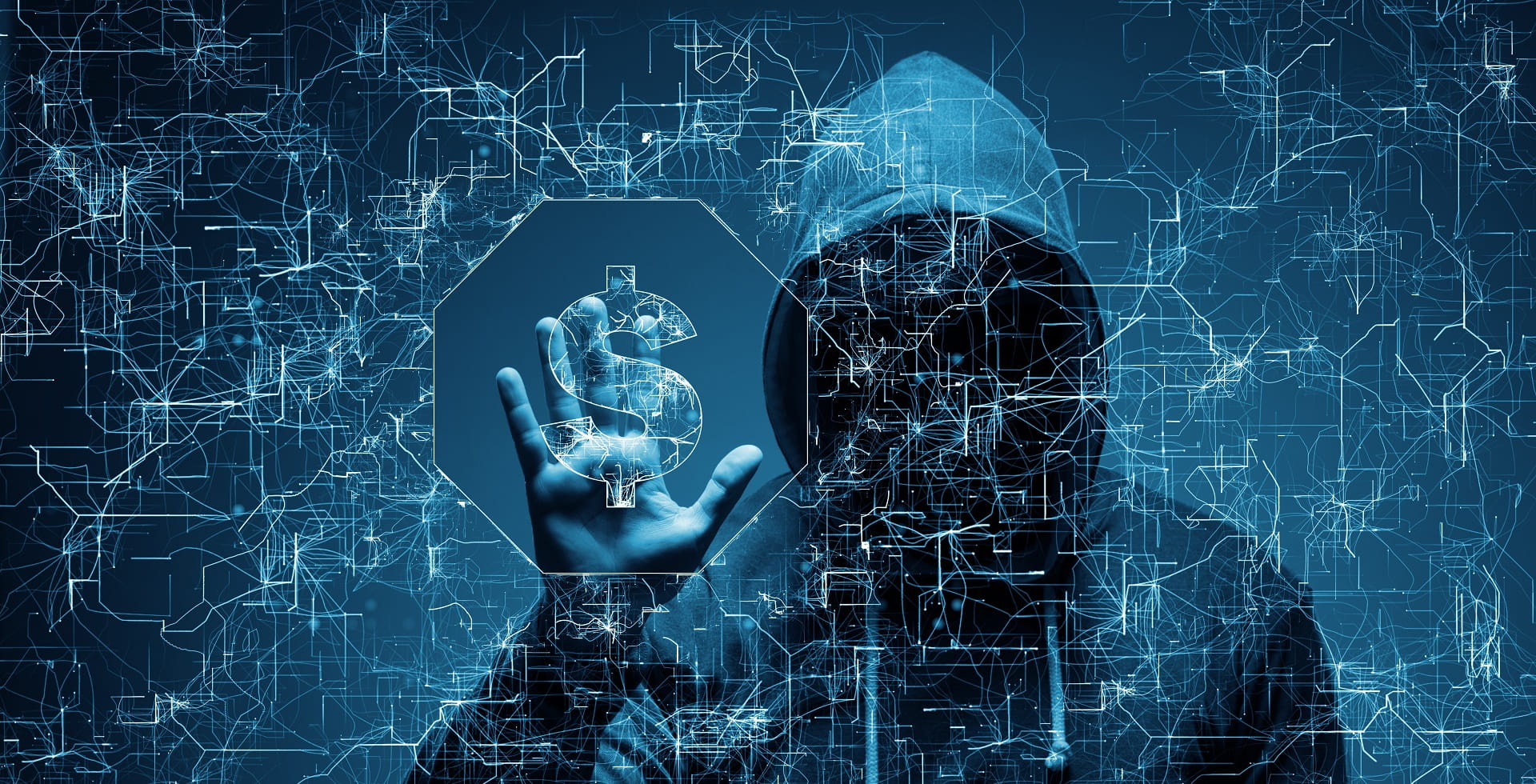Introduction
Cybercrime and Criminal Law in the U.S. 2026 are among the most critical issues facing businesses, individuals, and governments in today’s digital era. With the rapid growth of artificial intelligence, cloud technologies, and global connectivity, cybercrime has become more sophisticated and challenging to control. U.S. criminal law provides the framework to address these threats, enforce penalties, and safeguard society against digital risks.
What Is Cybercrime?
Cybercrime refers to criminal activities carried out using computers, networks, or the internet. Unlike traditional crimes, these offenses often transcend borders, making enforcement more challenging.
Common forms of cybercrime in the U.S. include:
-
Data Breaches – Unauthorized access to personal or corporate information.
-
Financial Fraud and Identity Theft – Online scams, credit card fraud, and phishing.
-
Hacking and Unauthorized Access – Breaking into protected systems or networks.
-
AI-Driven Attacks – Phishing automation, deepfakes, and malware powered by artificial intelligence.
Legal Framework: Cybercrime and Criminal Law in the U.S. 2026
Several U.S. laws form the foundation of cybercrime enforcement:
-
Computer Fraud and Abuse Act (CFAA): Criminalizes unauthorized access to computer systems.
-
Electronic Communications Privacy Act (ECPA): Protects private online communications.
-
Identity Theft Enforcement and Restitution Act: Provides penalties for identity theft crimes.
-
Cybersecurity Information Sharing Act (CISA): Encourages businesses to share threat data with federal agencies.
Together, these laws reflect how Cybercrime and Criminal Law in the U.S. 2026 continue to evolve to meet new digital threats.
Key Legal Challenges
Prosecuting cybercrime comes with unique challenges, such as:
-
Jurisdiction Issues: Many cyberattacks originate overseas, complicating extradition.
-
Attribution Problems: Identifying the exact perpetrator of an online crime is difficult.
-
Digital Evidence: Ensuring admissible electronic evidence requires strict legal standards.
-
AI and Automation: Crimes involving autonomous AI systems raise new liability questions.
Enforcement and Penalties
Cybercrime enforcement in the U.S. is handled primarily by the Department of Justice (DOJ), the Federal Bureau of Investigation (FBI), and state-level cyber units.
Penalties under cybercrime and criminal law include:
-
Fines ranging from thousands to millions of dollars.
-
Prison sentences that vary from a few months to decades for large-scale fraud.
-
Asset seizures from convicted cybercriminals.
Read also: Common Criminal Charges in the USA: Ultimate Guide to Legal Consequences
Compliance Strategies for Businesses
To protect against prosecution and financial losses, U.S. companies in 2026 must adopt strong compliance frameworks:
-
Implement Cybersecurity Policies: Regular audits, firewalls, and encryption.
-
Employee Awareness Training: Minimize risks of phishing and social engineering.
-
AI-Powered Security Tools: Detect anomalies and prevent large-scale attacks.
-
Incident Response Plans: Prepare clear action steps in case of a data breach.
-
Regulatory Compliance: Ensure alignment with U.S. and international cyber laws.
Future Outlook: Cybercrime and Criminal Law Beyond 2026
Looking ahead, Cybercrime and Criminal Law in the U.S. 2026 will continue to evolve as new technologies emerge. By 2030, courts may face unprecedented cases involving AI-driven cyberattacks, blockchain-related crimes, and international conflicts over data. Businesses that invest in responsible compliance today will be better positioned to manage risks tomorrow.
Frequently Asked Questions (FAQ)
1. What is Cybercrime and Criminal Law in the U.S. 2026?
It refers to the legal framework governing digital crimes such as hacking, fraud, and identity theft, and how U.S. criminal law enforces penalties.
2. What is the most common cybercrime in the U.S.?
Identity theft and financial fraud remain the leading types of cybercrime.
3. Which U.S. law addresses hacking?
The Computer Fraud and Abuse Act (CFAA) is the main statute against hacking.
4. Can AI be used for cybercrime?
Yes, artificial intelligence can be misused for phishing, deepfakes, and automated attacks.
5. What penalties exist for cybercrime in the U.S.?
Penalties include heavy fines, imprisonment, and asset confiscation.
Conclusion
Cybercrime and Criminal Law in the U.S. 2026 highlight the ongoing battle between technological innovation and legal enforcement. By understanding the legal framework, addressing compliance challenges, and preparing for future risks, businesses and individuals can better protect themselves from digital threats.
External References
